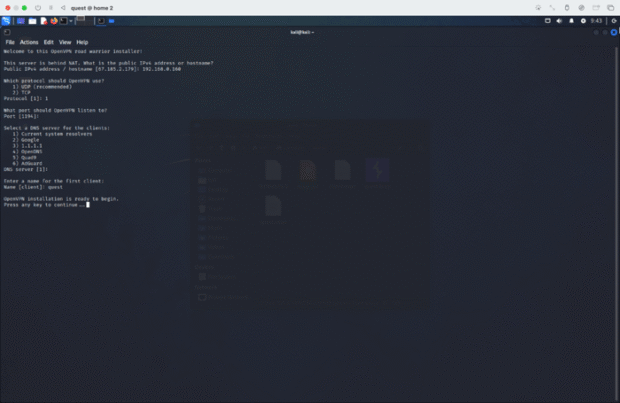
[ad_1]
As an IoT product manufacturer, building consumer trust in the security of your connected devices is critical for driving sales and staying competitive. Fortunately, the Federal Communications Commission (FCC) has introduced a new program to help – the US Cyber Trust Mark.
The Cyber Trust Mark is a new voluntary labeling program that is obtained by demonstrating the cybersecurity of your IoT products. By earning this seal of approval, you can demonstrate to your customers that your devices meet rigorous security standards and can be trusted to protect their personal data and connected home. Retailers like Best Buy and Amazon will be collaborating with the FCC to educate consumers on this new program and increase public demand for the Cyber Trust Mark.
But achieving the Cyber Trust Mark isn’t a simple process. That’s where Security Innovation, a Bureau Veritas company, can help. Security Innovation is a leading provider of IoT security testing and certification services. Our team of cybersecurity experts can work closely with you to prepare your products for the Cyber Trust Mark audit, ensuring you meet all the requirements of NIST IR 8259, which is the standard behind the program.
Here’s how Security Innovation can support your Cyber Trust Mark journey:
Comprehensive Security Process Assessments: Security Innovation will conduct in-depth evaluations of processes, identifying gaps and providing recommendations to strengthen the security of your software development lifecycle.
Thorough Product Testing: Security Innovation will conduct comprehensive testing on your IoT devices and related services to uncover vulnerabilities in your network, cloud, hardware and software implementations.
Tailored Remediation Guidance: Based on the findings of the security assessments, Security Innovation will work with you to implement the necessary security controls and updates to align your products with Cyber Trust Mark criteria.
Certification Readiness Support: Security Innovation will guide you through the Cyber Trust Mark application and audit process, helping you gather the required documentation and prepare for a successful certification.
The benefits of earning the Cyber Trust Mark go beyond just the US market. The work you do to achieve this certification will also cover a significant portion of what’s needed to meet the cybersecurity requirements of the EU’s Cybersecurity Resilience Act (CRA) and Radio Equipment Directive (RED). This means you can leverage the same security investments to unlock growth opportunities in Europe as well.
To earn the Cyber Trust Mark, you’ll need to work with a Cybersecurity Labeling Administrators (CLA), like Bureau Veritas, who will evaluate the applications for approval to use the Trust Mark. Bureau Veritas’ team of certification experts can assess your IoT products against the FCC’s Cyber Trust Mark requirements and provide the authorization you need to showcase your commitment to security by displaying the Cyber Trust Mark and QR code.
By partnering with Security Innovation, you can efficiently navigate the path to the Cyber Trust Mark and position your IoT products for success in both the US and European markets. Don’t let security concerns lead to customer doubts in your IoT products – invest in the Cyber Trust Mark and unlock new growth opportunities.
For more information about the US Cyber Trust Mark
[ad_2]
Source link











Be the first to leave a comment